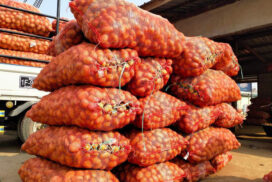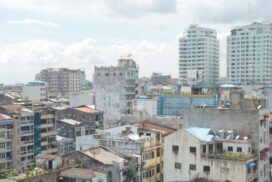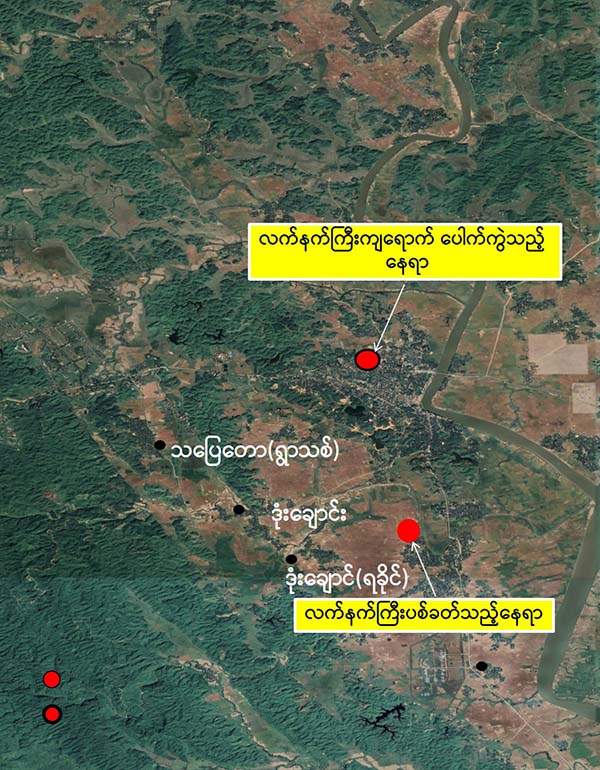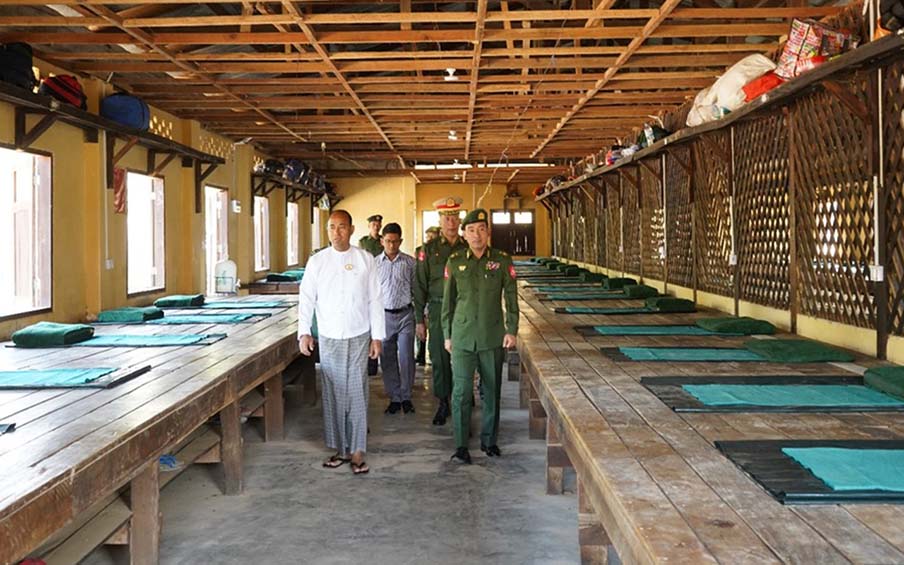Octane 92 and 95 petrol prices increased a bit yet diesel prices dipped in late October.
The fuel oil prices stood at K2,065 per litre of Octane 92 and K2,160 for Octane 95, K2,310 for diesel and K2,420 for premium diesel on 29 October. The prices gained to K2,080 per litre of Octane 92, K2,190 for Octane 95, K2,240 for diesel and K2,350 for premium diesel on 30 October.
The figures indicated an increase of K30 per litre in petrol prices and a decrease of K70 in diesel prices.
The price index set by Mean of Platts Singapore (MOPS), the pricing basis for many refined products in southeast Asia, weighs on the domestic fuel prices, according to the Supervisory Committee on Oil Import, Storage and Distribution of Fuel Oil.
In August 2022, the oil prices hit the highest of K2,605 per litre for Octane 92, K2,670 for Octane 95, K3,330 for premium diesel and K3,245 for diesel.
The committee is therefore steering the fuel oil storage and distribution sector effectively so as not to have a shortage of oil in the domestic market and to ensure price stability for energy consumers.
The Petroleum Products Regulatory Department, under the guidance of the committee, is issuing the daily reference rate for oil to offer a reasonable price to energy consumers. The reference rate in the Yangon Region is set on the MOPS’s price assessment, shipping cost, premium insurance, tax, other general costs and health profit per cent.
The rates for regions and states other than Yangon are evaluated after adding the transportation cost and the retail reference rates daily cover on the state-run newspapers and are posted on the media and official website and Facebook page of the department daily starting from 4 May.
The committee is inspecting the fuel stations whether they are overcharging or not. The authorities are taking action against the retailers of fuel stations under the Petroleum and Petroleum Products Law 2017 if they are found overcharging rather than the set reference rate.
As per the statement, 90 per cent of fuel oil in Myanmar is imported, while the remaining 10 per cent is produced locally. The domestic fuel price is highly correlated with international prices. The State is steering the market to mitigate the loss between the importers, sellers and energy consumers. Consequently, the government is trying to distribute the oil at a reasonable price compared to those of regional countries.
Some countries levied higher tax rates and hiked oil prices compared to that of Myanmar. However, Malaysia’s oil sector receives government subsidies and the prices are about 60 per cent cheaper than that of Myanmar. Every country lays down different patterns of policy to fix the oil prices. Myanmar also levies only a lower tax rate on fuel oil and strives for energy consumers to buy the oil at a cheaper rate. — NN/EM
Petrol prices edge up while diesel prices decline slightly
- October 31, 2023
- 330















